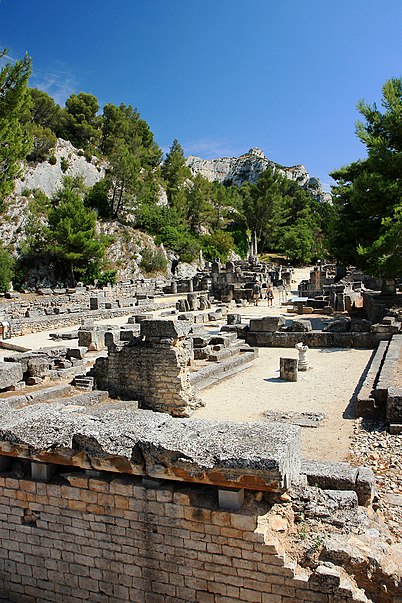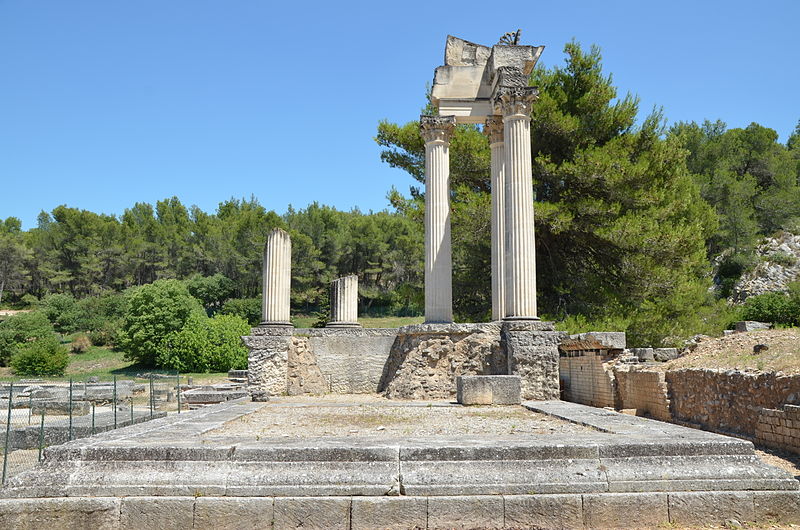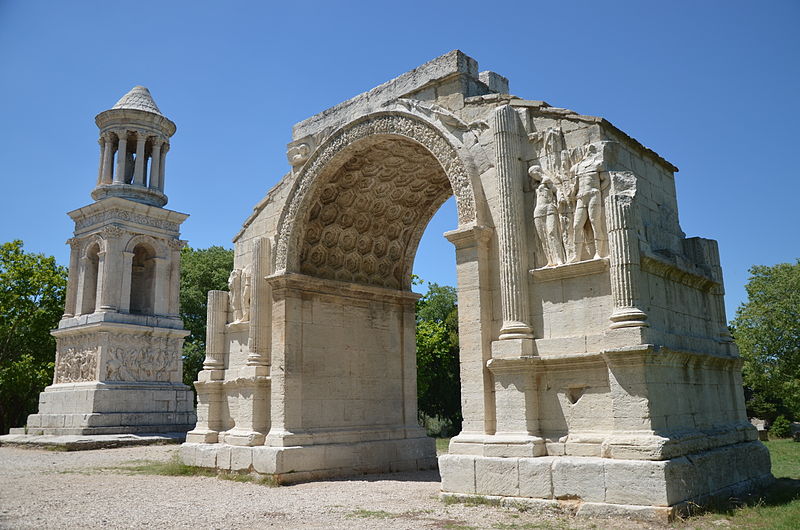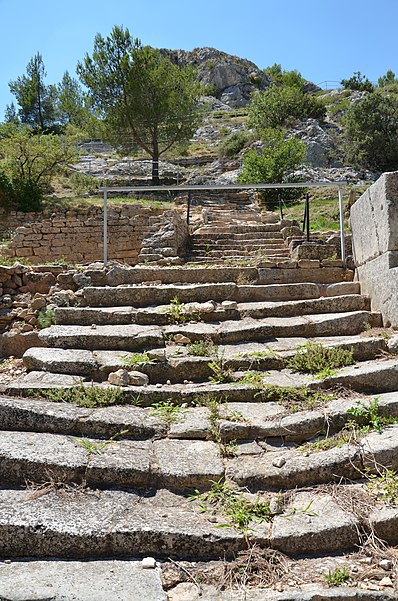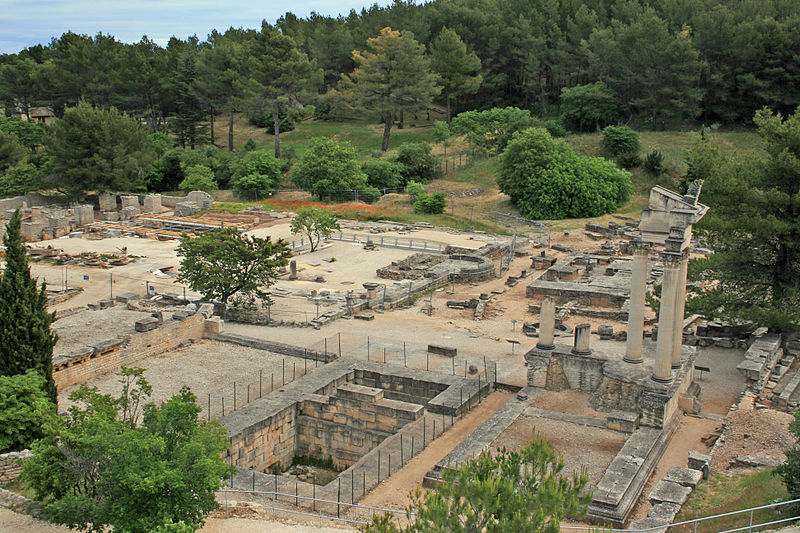Glanum
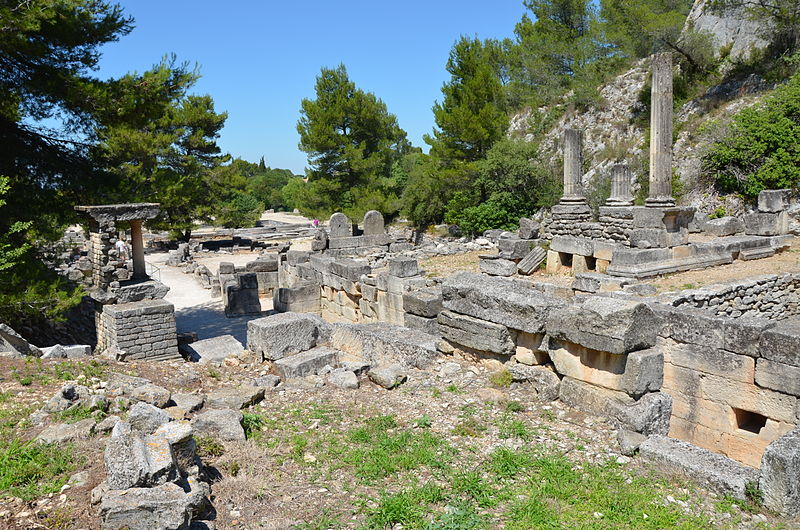
Facts and practical information
Glanum, nestled in the heart of Provence, France, is a remarkable archaeological site that offers a unique glimpse into prehistoric and ancient times. This ancient city, founded in the 6th century BCE, is renowned for its well-preserved ruins that reflect a blend of Gaulish and Roman influences.
Visitors to Glanum are greeted by two of the site's most iconic monuments: the Mausoleum of the Julii and the Triumphal Arch, both dating from the 1st century BCE. These imposing structures stand as silent sentinels at the entrance, setting the tone for the journey back in time that awaits within.
Excavations at Glanum have revealed a rich tapestry of history, unearthing evidence of the town's evolution from a Celtic-Ligurian settlement to a prosperous Roman city. The site boasts a variety of ruins, including residential houses, public baths, a forum, and temples, all providing insights into the daily life and religious practices of its ancient inhabitants.
One of the most fascinating aspects of Glanum is its prehistoric origins, which are evident in the remains of defensive walls and dwellings. These early constructions demonstrate the ingenuity and resourcefulness of the region's earliest settlers, who thrived in the rugged landscape of the Alpilles mountains.
The preservation of Glanum is of paramount importance, as it serves as a testament to the complex layers of human history. Its location, in the picturesque region of Saint-Rémy-de-Provence, makes it an attractive destination for history enthusiasts and tourists alike, drawn by the allure of its ancient stones and the stories they tell.
Glanum – popular in the area (distance from the attraction)
Nearby attractions include: Glanum Dam, Saint Martin's Collegiate Church, Musée Estrine, Maison du Parc des Alpîlles.


